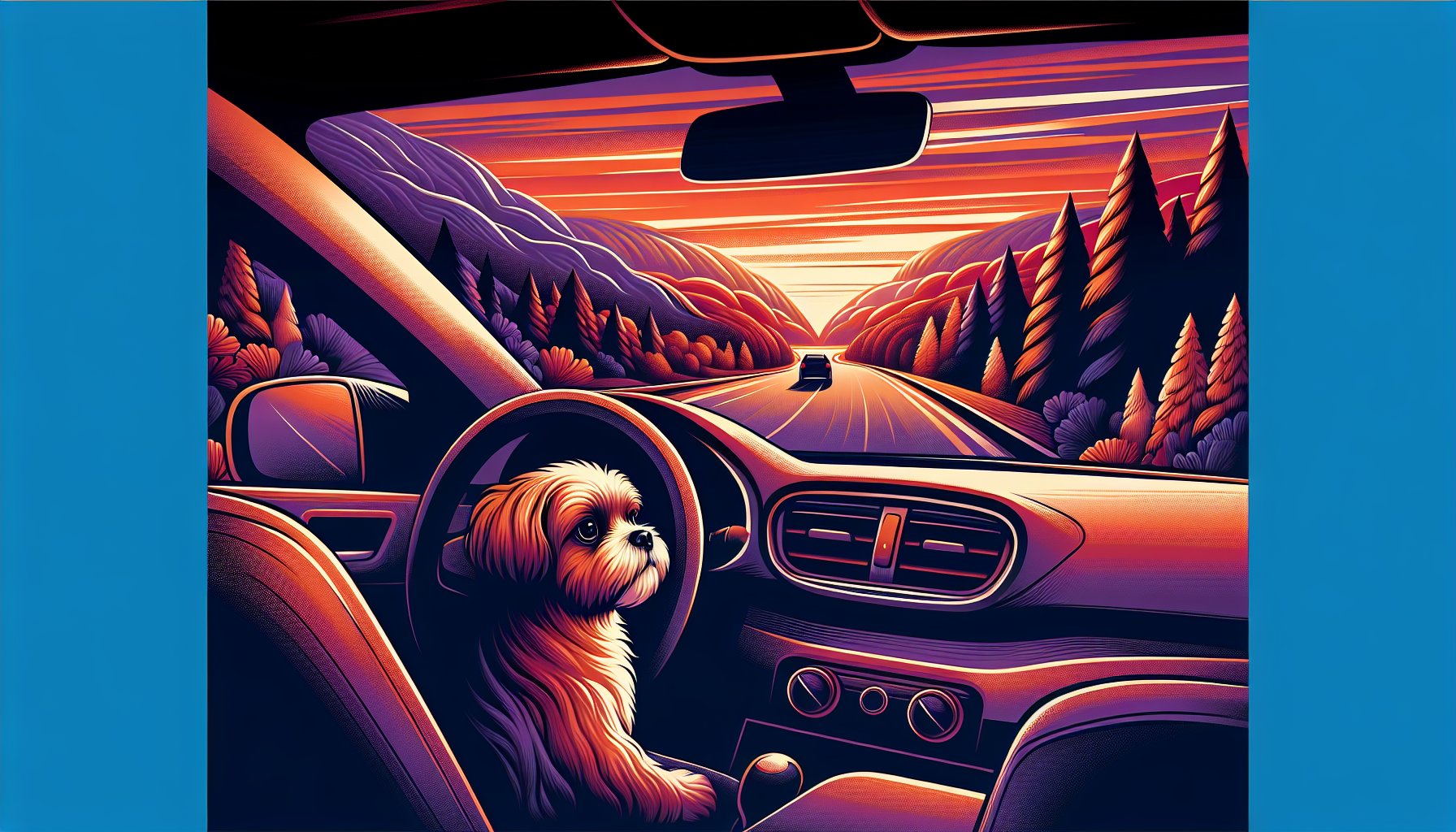Many dogs love the car — nose out the window, ears in the wind. But for some small dogs, a road trip means nausea, drooling, or even vomiting. If your pup trembles at the sight of the back seat, you’re not alone. Let’s look at what causes motion sickness in dogs and how to make car travel easier for both of you.
Why Dogs Get Car Sick
Motion sickness happens when your dog’s inner ear balance system doesn’t match what their eyes see. Small dogs are especially prone because:
- They sit low and can’t see out the window.
- Sudden stops or turns feel exaggerated in a small body.
- Anxiety amplifies nausea — especially for dogs who associate car rides with vet visits.
Signs Your Dog Is Feeling Nauseous
Watch for subtle signs before your dog starts vomiting:
- Lip licking or yawning
- Excessive drooling
- Whining or panting
- Trembling or pacing
- Refusing to get into the car
Catching these early lets you intervene before a full-blown episode.
Tips to Prevent Motion Sickness
1. Start With Short, Calm Rides
Begin with 5–10 minute trips that end somewhere fun — like a park or a friend’s yard — so your dog builds positive associations.
2. Elevate Their View
A dog booster seat allows small dogs to see out safely, which reduces sensory mismatch and anxiety.
3. Keep Air Circulating
Fresh air helps balance scents and prevents overheating. Crack a window slightly to equalize pressure.
4. Avoid Feeding Right Before Driving
Give your dog their last meal 3–4 hours before a trip. A light snack or treat right before departure is fine.
5. Try Natural Calming Aids
Pheromone sprays, calming treats, or a favourite blanket can reduce anxiety. Always test at home first.
6. Ask Your Vet About Medication
If nothing else works, talk to your veterinarian. Safe anti-nausea meds like Cerenia® can make longer drives much more comfortable.
Car Safety for Small Dogs
Never let your dog ride loose or in your lap. Use:
- A crash-tested harness clipped to a seat belt, or
- A secured travel crate with soft bedding.
Not only is this safer in an accident, but it also limits movement — which helps with balance and motion sickness.
When to Call Your Vet
If your dog:
- Vomits frequently even on short rides
- Refuses food or water after travel
- Becomes overly lethargic or anxious
…it’s worth a vet check to rule out inner ear problems or other health issues.
The Takeaway
Motion sickness can make car travel miserable, but with patience and preparation, your small dog can learn that rides mean adventure — not nausea. Start slow, stay positive, and always prioritize safety and comfort.
